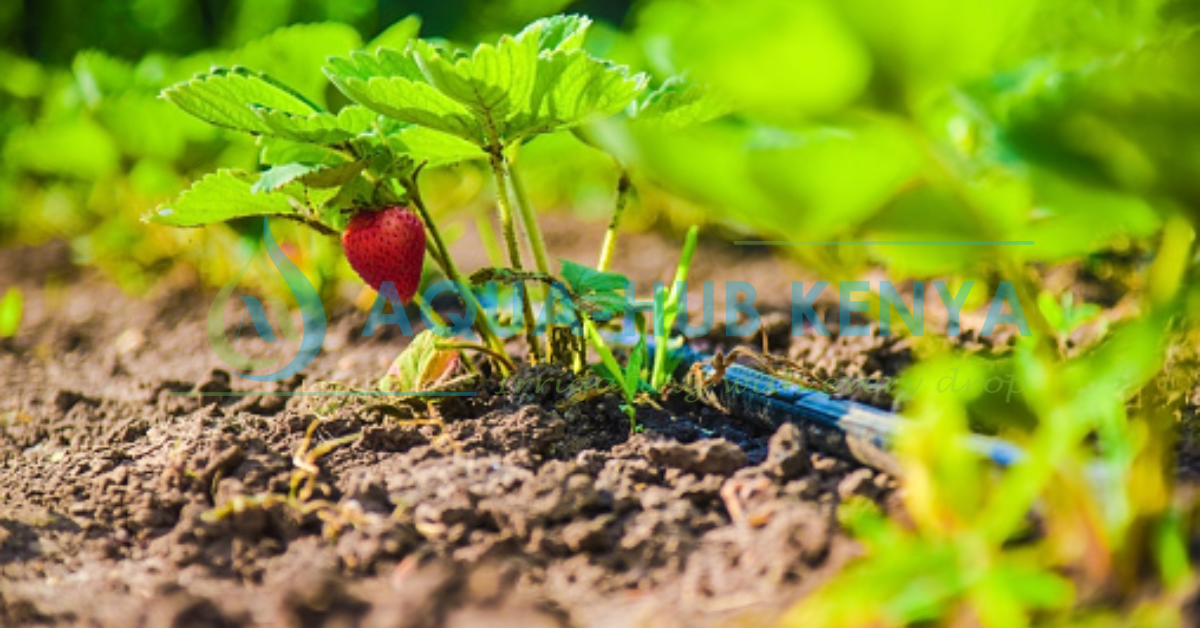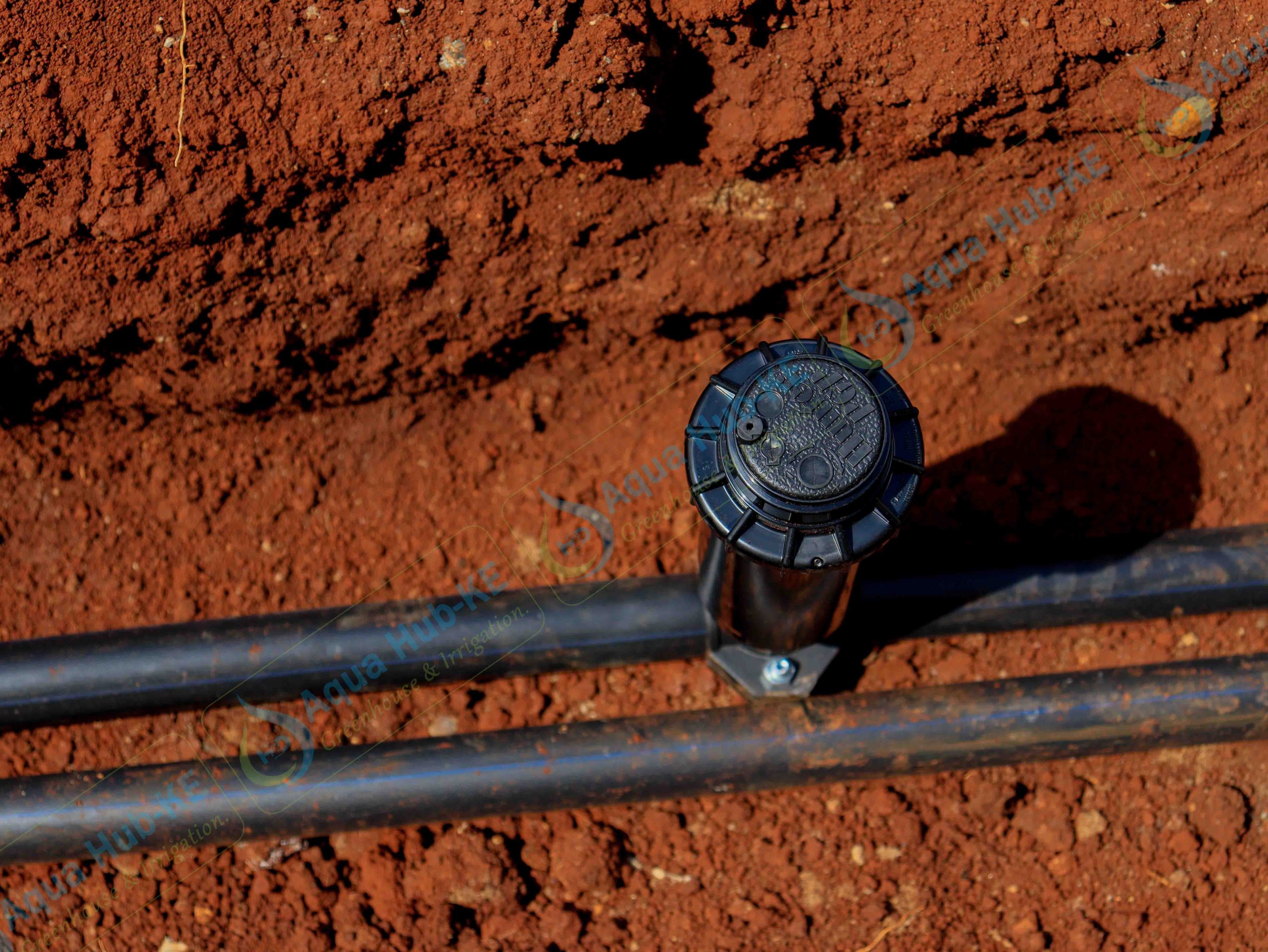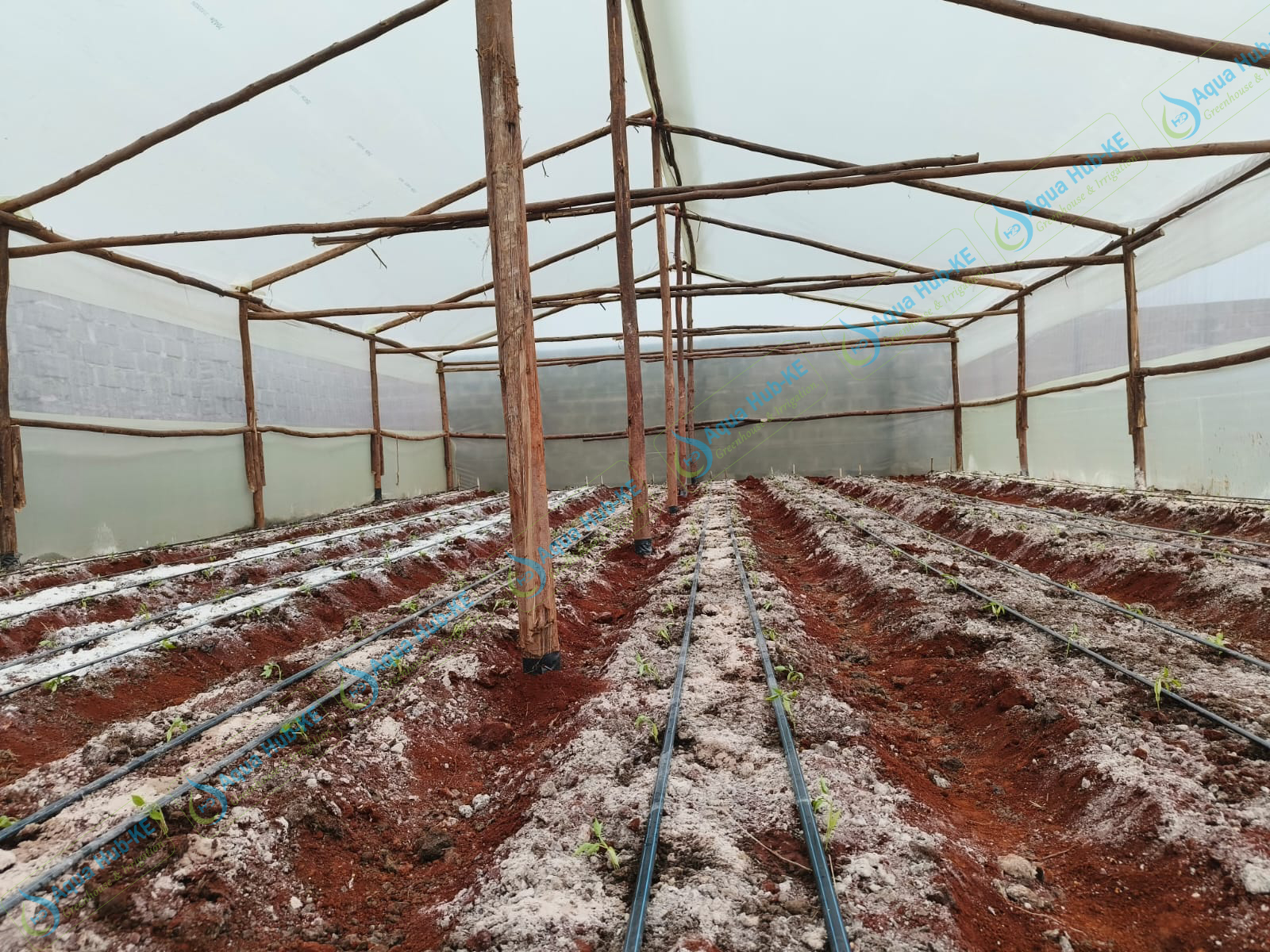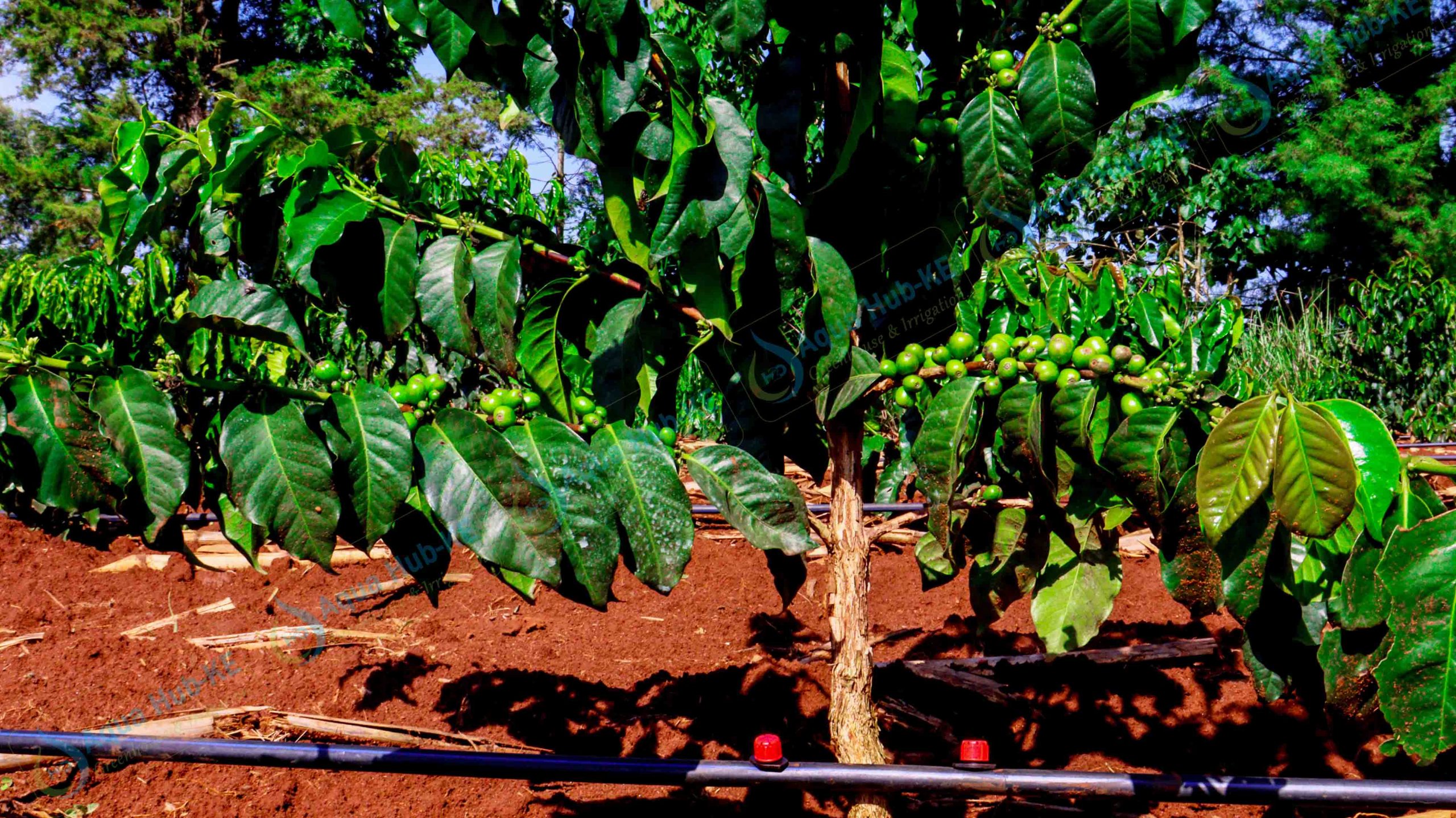Strawberry farming in Kenya has become increasingly popular over the past few years. This is due to its high market value. Its potential to grow in a wide range of diverse agro-ecological conditions. And its potential to be a lucrative business. Strawberries are an ideal crop for small-scale farmers due to their relatively low input requirements and potential for high returns. The crop is grown mainly in the highland areas of Kenya, and is most suited to temperate conditions.
Strawberry farming in Kenya is still at a very early stage of development. But several factors are helping to drive growth in the sector. These include the availability of high-quality seedlings, the availability of affordable inputs. And the increasing demand for strawberries both domestically and internationally.
The key to successful strawberry farming in Kenya is to ensure that the right varieties are used, the soil is well-prepared, the plants are correctly managed, and the crop is harvested at the right time. The most important factor is water availability, as the crop requires much of it. It is, therefore, important to ensure that the plants have access to an adequate and reliable water supply.
What are the steps for strawberry farming in Kenya?
Strawberry farming in Kenya is a popular agribusiness due to the high demand for strawberries in local and international markets. The following are the general steps for strawberry farming in Kenya:
- Choose the right land: Choose a well-drained land with access to plenty of sunlight.
- Prepare the soil: Till the soil and add organic matter such as manure, compost, or peat moss to improve drainage, increase fertility, and promote healthy root growth.
- Select the right variety: Choose the strawberry variety best suited for the local climate and soil type.
- Plant the seeds: Plant the strawberry or seedlings in late autumn or early winter.
- Water and fertilize: Water the plants regularly, and fertilize them with a balanced fertilizer.
- Thin the plants: Thin the plants as needed to ensure that each one has enough space to grow and produce fruit.
- Monitor for pests and diseases: Monitor the plants for signs of pests and diseases, and take appropriate action if necessary.
- Harvest the strawberries: Harvest the strawberries once they have ripened.
How profitable is strawberry farming in Kenya?
Strawberry farming can be profitable in Kenya, especially if proper techniques are used, and the market is favorable. The profitability of strawberry farming depends on several factors, including:
- Yield: The amount of strawberries produced per unit land area will determine the crop’s potential income. On average, a well-managed strawberry farm can produce up to 20 tons of fruit per acre, translating to significant income if sold at a good price.
- Market demand: The demand for strawberries is high in local and international markets, especially during the peak season. Farmers who can access these markets and negotiate good prices can benefit from high profits.
- Cost of production: Producing strawberries includes land preparation, seedlings, irrigation, fertilizers, labor, and pest control. If the cost of production is low and the yield is high, the profit margin can be significant.
- Farm management: Proper farm management is essential to maximize yields and minimize costs. This includes regular monitoring of pests and diseases, proper irrigation, and timely application of fertilizers.
What are the materials needed for strawberry farming?
- Strawberry plants
- Compost or aged manure
- Fertilizer
- Mulch
- Irrigation supplies
- Plant protection supplies
- Straw or black plastic sheeting
- Weed barrier
- Pruning tools
- Insect traps
- Disease control supplies
What is the best irrigation method for strawberry farming?
The best irrigation method for strawberry farming depends on various factors such as the climate, soil type, water availability, and farm size. However, drip irrigation is generally considered the most efficient and effective method for irrigating strawberry plants.
Drip irrigation delivers water directly to the plant roots slowly and steadily, reducing the amount of water lost to evaporation and runoff. This method also helps maintain a consistent soil moisture level, which is critical for the growth and development of strawberry plants.
In addition, drip irrigation allows farmers to control the amount and timing of water delivery, which is important in preventing overwatering or under watering of the plants. By providing the right amount of water at the right time, farmers can also prevent diseases and other plant stressors from improper irrigation practices. While other irrigation methods, such as overhead sprinklers or furrow irrigation, may also be applicable for strawberry farming, drip irrigation is often the most efficient, effective, and sustainable method for achieving optimal yields and crop quality.




